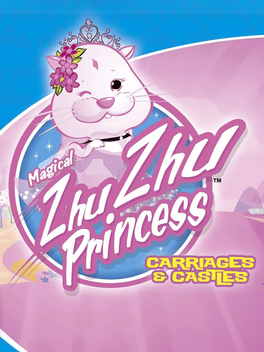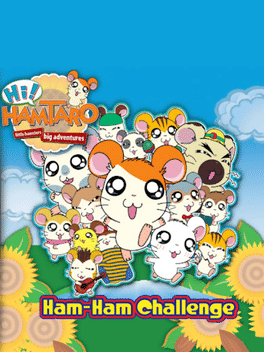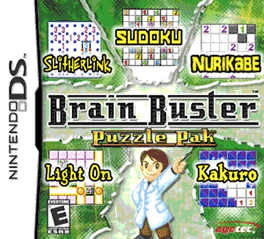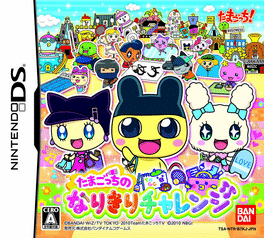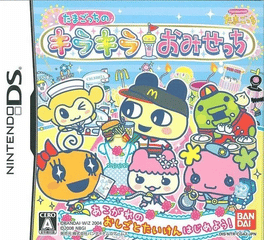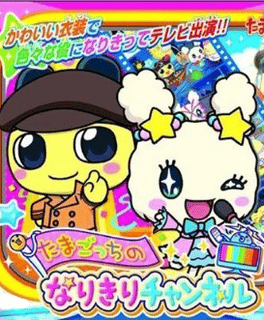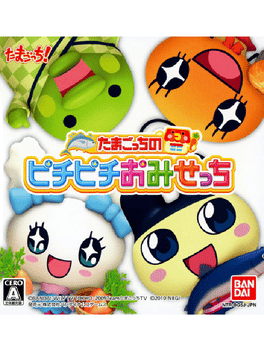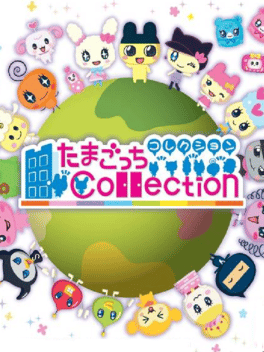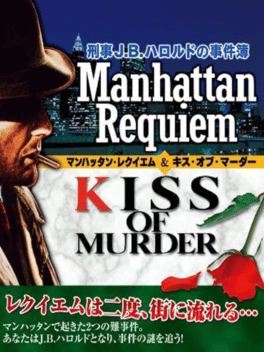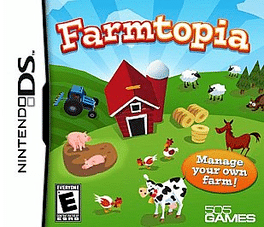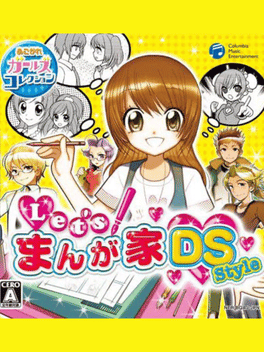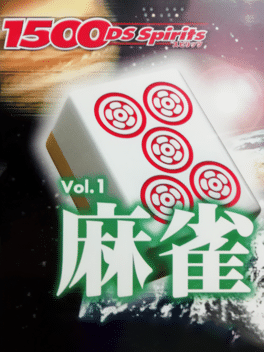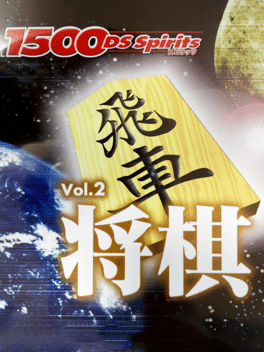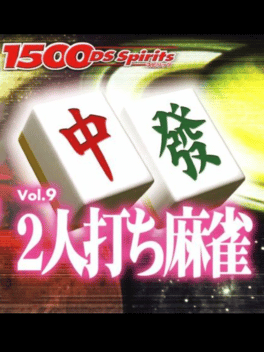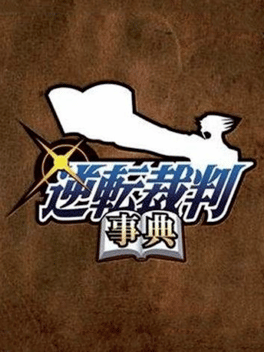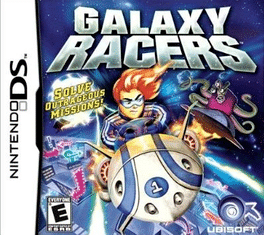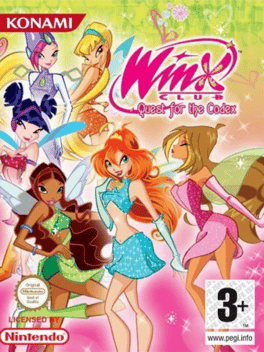Most Popular Nintendo Ds Games - Page 101
-
Petz Fashion: Dogz and Catz
2009
Petz Fashion: Dogz and Catz is a pet care simulation game in which players feed, groom, and play with cats and dogs. Players can dress their pets with colorful outfits and accessories and showcase them in a fashion show. -
Hi! Hamtaro: Ham-Ham Challenge
2007
The player navigates Hamtaro to explore an outside area. He meets with the other Ham-Hams in order to play a variety of brain-training minigames. They are mostly educational, and were mainly designed for elementary-grade children. -
Brain Buster: Puzzle Pak
2007
Hundreds of puzzles including sudoku and kakuro.Brain Buster Puzzle Pack features hundreds of puzzles ranging from Sudoku to the latest craze in Japan, Kakuro. Also included are the uniquely challenging and innovative games Light Up, Nurikabe, and Slitherlink. -
Tamagotchi no Kira-kira Omisecchi
2008
Tamagotchi no Kira-kira Omisecchi is a Japan-only Nintendo DS entry in the Tamagotchi Corner Shop spin-off series. Set in the town of Celebria, players work with Tamagotchi characters such as Mametchi, Memetchi, Kuchipatchi, and Violetchi to run and expand various shops through mini-games, including clothing design, jewelry making, fireworks shows, and a McDonald’s collaboration. Shops can be upgraded to Royal status, and a special “My Brand” boutique allows players to create custom dresses. The game also includes tower customization and over 100 Tamagotchi characters to interact with. -
Tamagotchi no Pichi Pichi Omisecchi
2010
Tamagotchi no Pichi Pichi Omisecchi is a Japan-exclusive Nintendo DS entry in the Tamagotchi Corner Shop spin-off series. Set on Pichi Pichi Island, players choose a Tamagotchi partner and help run and upgrade a variety of island shops through mini-games. The game features 3D-style graphics, an explorable game world, and introduces ingredient-gathering mechanics—like fishing, farming, and market shopping—to restock and manage the shops. The storyline centers on helping the island hold together as players unravel an environmental mystery affecting fish and crops. -
Tamagotchi Collection
2011
A life simulator inspired by Tomodachi Collection set in the Tamagotchi anime universe -
Keiji J.B. Harold no Jikenbo: Manhattan Requiem & Kiss of Murder
2008
A compilation of two of the J.B. Harold games for DS. -
Happy Bakery
2008
-
Farmtopia
2010
-
Let's Mangaka DS Style
2010
A game based upon working your way up in the manga business. You use the DS to draw pictures. -
1500 DS Spirits Vol. 1: Mahjong
2007
1500DS Spirits Vol. 1: Mahjong is a Japanese Mahjong game for the Nintendo DS. The game also feature a quiz mode called "Furikomi Quiz" with 110 Questions. -
1500DS Spirits Vol. 2: Shogi
2007
1500DS Spirits Vol. 2: Shogi is a Japanese Shogi game for the Nintendo DS. For beginners, there is a "Teitei Learning Mode"! In addition to the basic rules, you can also learn how to win. The "Go Evaluation Quiz" is a fun way for beginners and Shogi lovers to deepen their knowledge, review, and check their skills. To test your skills, you can also try the mission-clearing 'Challenge Mode' with 15 missions and 45 stages! You can also play against other players with one software using DS Download Play! The game features 18 different characters to play against! -
1500DS Spirits Vol. 9: 2 Nin-uchi Mahjong
2007
1500DS Spirits Vol. 9: 2 Nin-uchi Mahjong is a Japanese Mahjong game for the Nintendo DS. -
Galaxy Racers
2010
Galaxy Racers
2010
Save the Universe by stirring up trouble! You have just discovered a dark and mysterious force with a sinister plan wreak havoc on the universe. You are the only one who can take control in this addictive space racing adventure to save the universe. Race to the finish against weird and wacky characters throughout the galaxies. Fly your spaceship from planet to planet while avoiding asteroids, then compete against hilarious aliens and bizarre humans on outerspace missions that are out of this world! Use every method at your disposal to distract, misdirect, and delay your outlandish rivals so you can beat them to the finish line and save the universe from chaos!
